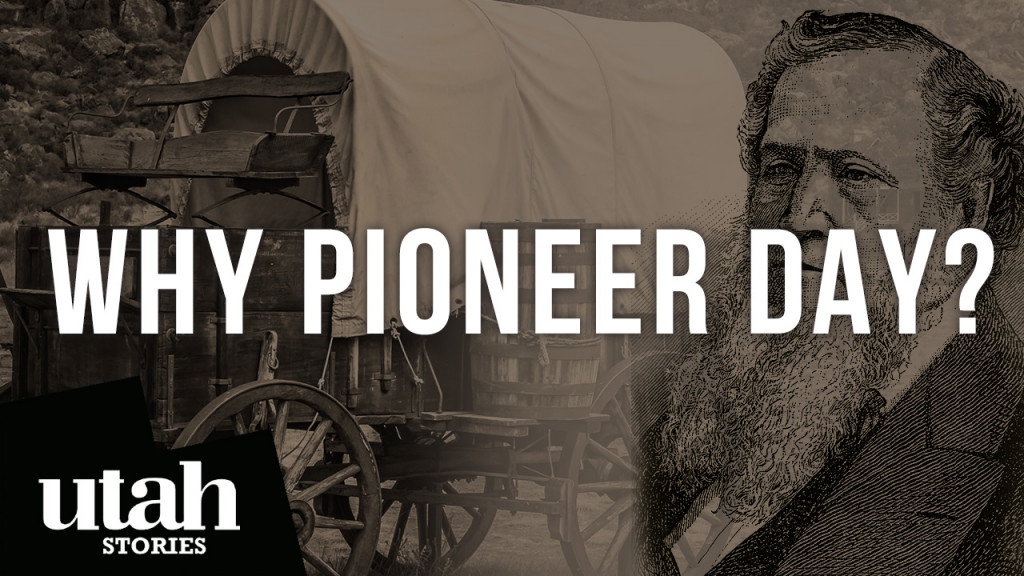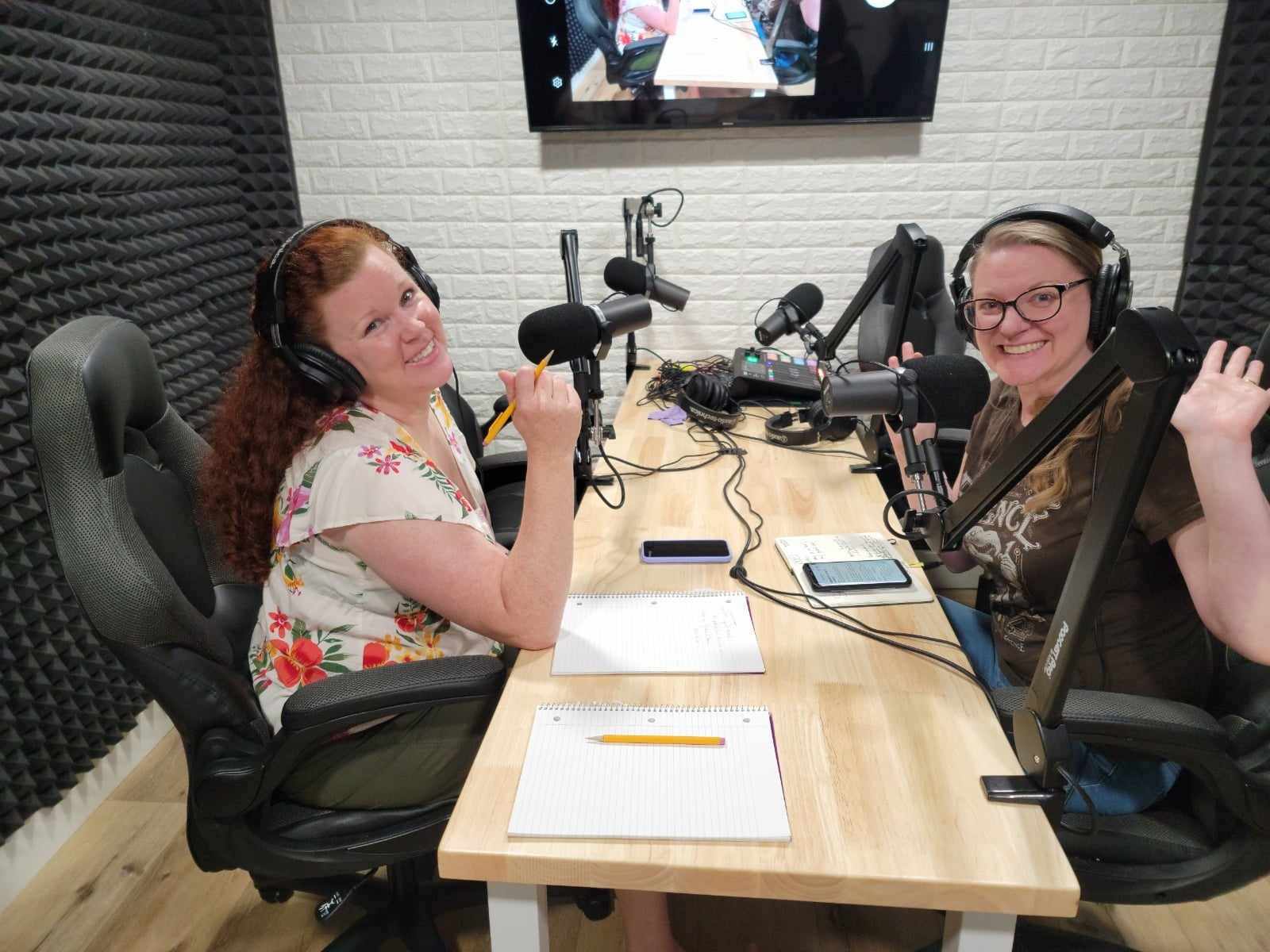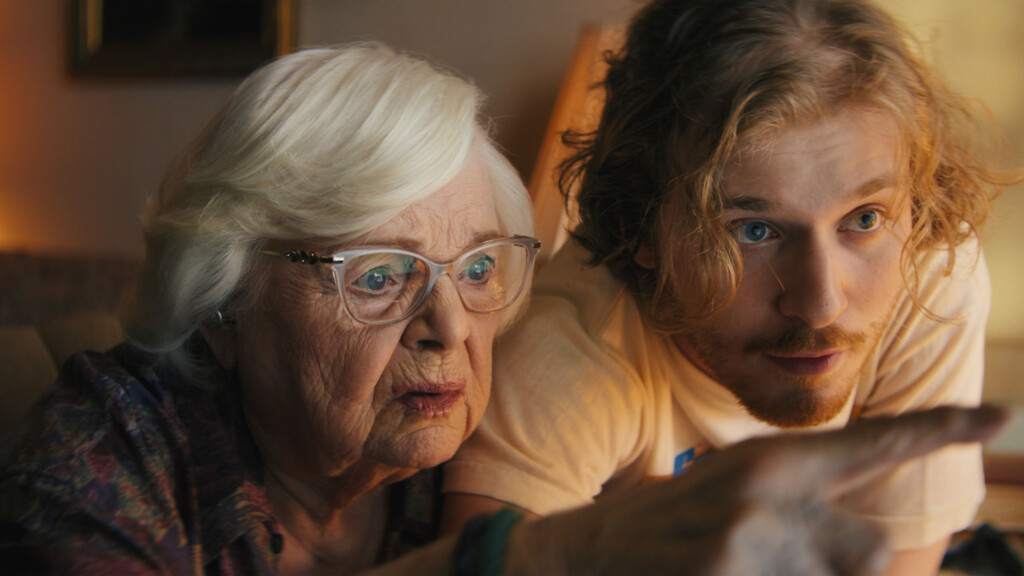Pioneer Day is upon us. For LDS members this means sparklers, banned fireworks, Jello salad, funeral potatoes; and three-legged races with enormous numbers of cousins.
But few LDS members and nonmembers know the details of how and why approximately 25,000 early church members migrated to the hostile Mexican territory in the Great Basin area now known as Utah. Why did Brigham Young and the early Mormons abandon their lovely city of Nauvoo, Illinois, and venture so far West?
LDS history has been sanitized and whitewashed. The reality is stranger than fiction and is a tale that almost sounds too crazy to be true; still, the facts are that this great western migration was out of necessity than it was by choice.
Mormons were targeted and persecuted, with an “extermination order” placed on them by Missouri Governor, Liburn Boggs. Boggs believed that LDS members led by Joseph Smith were a scourge on America and the young Republic. Due to the Saints’ success in converting Europeans to the utopian vision presented by Smith and the many immigrants/converts, their power-base was growing exceptionally quickly. Nauvoo, Illinois had become the largest most successful city in the region, (even larger than Chicago). Smith had become more than a leader, he was a theocratic dictator with his own army challenging the power base of the U.S. Government, running for President of the United States.
Joseph Smith realized that he must retaliate against their enemies and not capitulate. Mormons were being murdered, and their fields and farms were being torched. He personally may have been tarred and feathered. While the Saints might not have had the ability to stem the growing tide of anti-Mormon sentiment– which equated polygamy to slavery– they could at least fight back violent attacks in spades.
In retaliation, Smith ordered his Avenging Angle Porter Rockwell to assassinate Governor Boggs. He also ordered the destruction of an anti-Mormon printing press newspaper called the Nauvoo Expositor. While reading in his study, Boggs was shot four times in the neck, the throat, and the body, but he miraculously survived the attack. Consequently, Smith became a wanted man.
In a mysterious turn of events, rather than flee or hide, Joseph Smith decided to turn himself in to Illinois authorities who wanted to bring him to trial for his violent orders. Smith was confined in Carthage jail with his brother Hyrum Smith. Mysteriously unprotected by his enormous army, left vulnerable, Joseph Smith was confined in the small jailhouse, where he and his brother were shot and killed by a mob who stormed the jail.
After the assassination, in which nobody was even charged or reprimanded for the murders Brigham Young was voted to become the new Saints’ leader. Young clearly understood that the animosity from their neighbors as well as their appeals to the Federal Government were falling on deaf ears. Things had reached a breaking point.
Young realized that it was unlikely for The Church of Jesus Christ of Latter-Day Saints to survive the growing hostilities. In 1846 the Saints began plans to set out west to the “New Zion” to “build the Kingdom of God on Earth” in Mexican territory. With incredible determination, exceptional planning and enormous fortitude the Latter-day Saints made the nearly one-thousand-mile journey using mostly push carts full of every possession they could carry. They then settled in the Great Salt Lake Valley in 1847, and the rest is history.
Listen to the Utah Stories show podcast for more details on this story, and if you appreciate this content please subscribe to both our YouTube channel and our free digital Utah Stories weekly newsletter.
RELATED CONTENT
A Brief History of the Great Salt Lake
Salt Lake’s Eclectic Past: Salt Lake’s Extensive History of Quarantining Its Residents
A brief history of newspapers in Utah
The Face of Utah During the Great Depression
Power to the People: How Enterprising Mormon Pioneers Electrified Utah
Cache Valley Canals: Early Pioneers Worked for Their Water
SUPPORT LOCAL JOURNALISM AND SUBSCRIBE TO PRINT MAGAZINE
Subscribe to Utah Stories weekly newsletter and get our stories directly to your inbox






